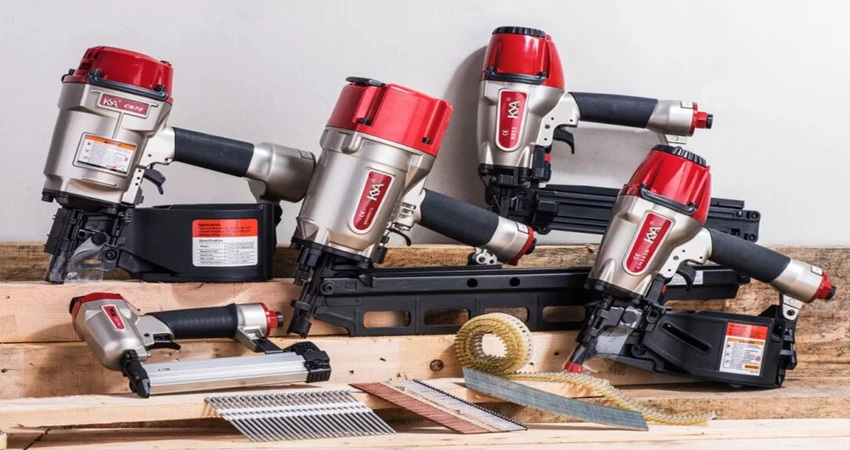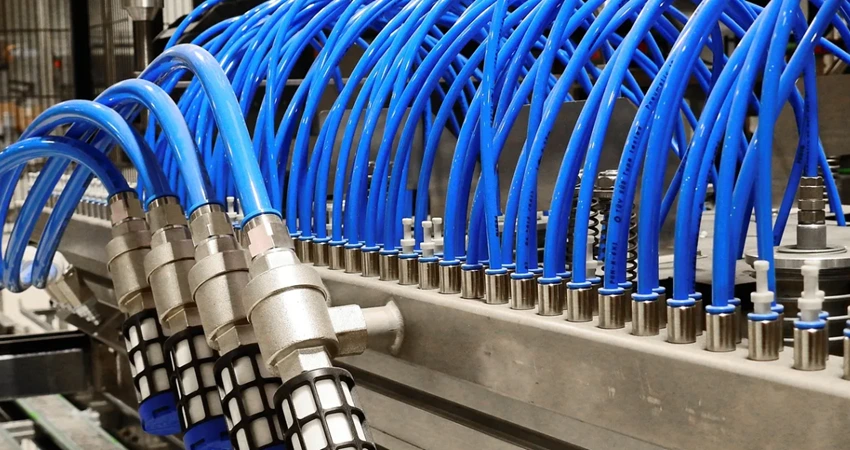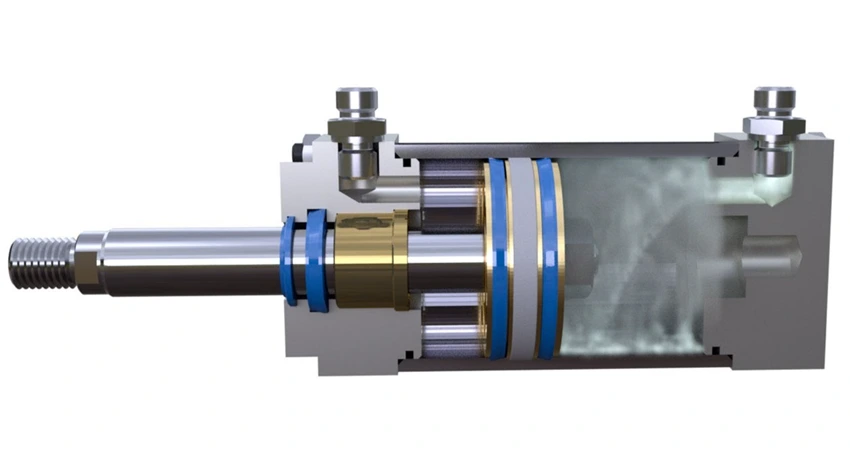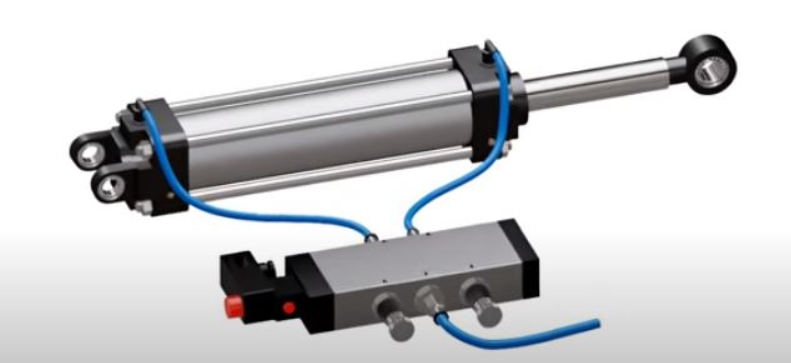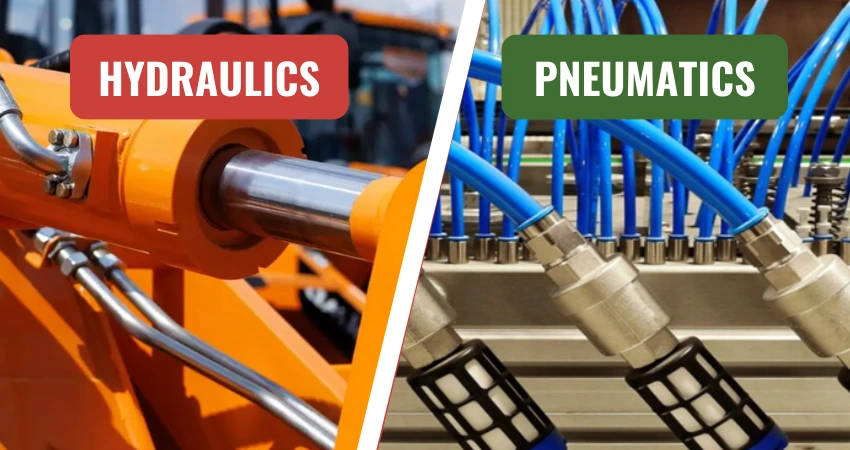A current meter is used to measure the velocity of flow in the channel. It consists of a wheel or revolving element on which the conical buckets of V-shaped vanes are fixed. So, the current meters are classified on the basis of revolving element such as
- Cup type current meter.
- Screw or propeller type current meter.
Cup type current meter
In this case, series of conical cups called revolving element are mounted on a spindle vertically at right angle to the direction of flow.
Screw or propeller type current meter
In a screw or propeller type current meter, the revolving element has of a shaft with its axis parallel to the direction of flow. It has a number of curved vanes or propeller blades mounted around the periphery of the shaft. The current meter unit is immersed or suspended vertically to the required depth in flowing stream of water by cables.
It means, the revolving element is placing to face towards the upstream direction. Due to the dynamic thrust exerted on the wheel, it is rotated. So, the number of per unit time is proportional to the velocity of the revolutions of the wheel flowing water. Then the number of revolutions of the wheel per unit time is noted. It is further calibrated to obtain the velocity of flow of water. To count the number of revolutions of the wheel, an electrical transmission system is adopted.
In this, an electric current is passed to the wheel from a battery above the water through wires and a commutator is fixed to the spindle of the revolving blades in order to make and cut-off the electric circuit during each revolution. Sometimes, an electric bell or a head phone is connected in series in the electric circuit to represent an audible signal. In some cases, a revolution counter is also provided to count the number of revolutions. Counting of number of revolutions of wheel is noted by the observer using a stop watch. Then the speed of wheel is calculated from the number of revolutions. Before using calibration data to convert into velocity, the current should be calibrated experimentally.
Calibration of current meter experimentally is done by towing the current meter at various speeds. It is carried out in still water contained in a long tank. Then the speed of the towing carriage is noted to obtain the rotational speed of the wheel. After that, the calibration curve is drawn by plotting the rotational speed in revolution per minute versus the speed of the towing carriage in metres per second in such a way that it corresponds to the velocity of flow of water in the channel. This experimental calibration is done when the current meter is held stationary in the water flowing in the channel.
- See More : Horizontal axis wind turbine
- See More : Wind power plant
- See More : Hydro electric power plant
- See More : Design of transformers

